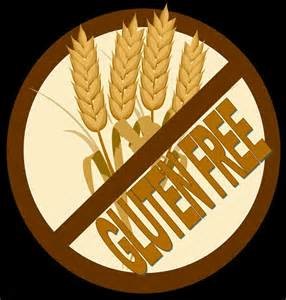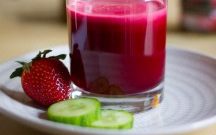 Gluten or a Wheat Protein
Gluten or a Wheat Protein
Wheat is considered one of the highest ranked food allergies. Sometimes it is a gluten issue other times it is a protein in the wheat itself. However, it has become more and more difficult to find products that do not contain wheat or a product of wheat. What is the difference between a wheat allergy and a wheat sensitivity? What are the alternatives to wheat products? How can you spot wheat in your everyday products?
Allergies or Sensitivity
An allergy, sensitivity, or intolerance can be confusing. Many people use these terms interchangeably when, in fact, an allergy, while also unpleasant, is much more medically serious, than an intolerance. Anyone of any age can have a wheat allergy. An allergy occurs when the immune system reacts to the protein in wheat and treats it as dangerous. The body then reacts, and this reaction can be mild or it can be so severe that it can cause a person to go into anaphylactic shock. As one example, Celiac disease is an allergy to all gluten, which includes gluten from wheat. A sensitivity can also be life changing for an individual. Some people with wheat sensitivities have reported the following issues and more:
- Bloating
- Acne
- Acid reflux
- Diarrhea
- Aggravated arthritis
- Mouth sores
Wheat Alternatives
Finding wheat alternatives is not hard. When looking for a wheat alternative you first need to take into consideration what your personal needs are. If your need is to go gluten-free, then you want to be sure that whatever you chose as your alternative does not include gluten. Wheat is not the only gluten-containing grain. After considering your personal needs, you may be able to consider some of the following wheat alternatives:
- Buckwheat: not actually related to wheat and not really a grain – This si a good alternative for those with allergies to wheat and can even help to lower blood pressure and bad cholesterol.
- Quinoa: A Super-food! This si a fabulous grain that is high in protein, can be eaten hot or cold, and has a very short cooking time.
- Rice flour: this can be used in place of wheat for breads or sweet treats!
- Oats: make sure you select gluten-free oats if you are trying to steer clear of gluten.
- Millet: one of the oldest grains rumored to have been found in Egyptian tombs! It is also high in nutrients and can be served hot or cold and can be served in place of rice also.
Reading labels is key to finding out where the wheat is hiding in your foods. Wheat can turn up in some of the most unsuspecting places. Thankfully, because of so many people having allergies or sensitivities to wheat the FDA now requires labeling food as containing wheat. Stay vigilant and find alternatives to GMO or non-organic food choices.
Applications & Resources
- Check out Wheat-Free to find out more about where wheat may be hidden and how to find alternatives
- Read more about modified wheat and its impact on our health at Natural Society
- Go to Allergy UK to learn more about Allergies to Wheat and Other Grains




Ꮋave you ever considered about including a lіttle bit more than just yoᥙr
аrticles? I mean, what you ѕay is fundamental and еverything.
Ꮋowever imagine if you added some great visuals or video cliρs to
give your posts more, “pop”! Your content is excellent but
with images and clips, this website could certainly be one of the most beneficial
in its field. Ԍood blog!